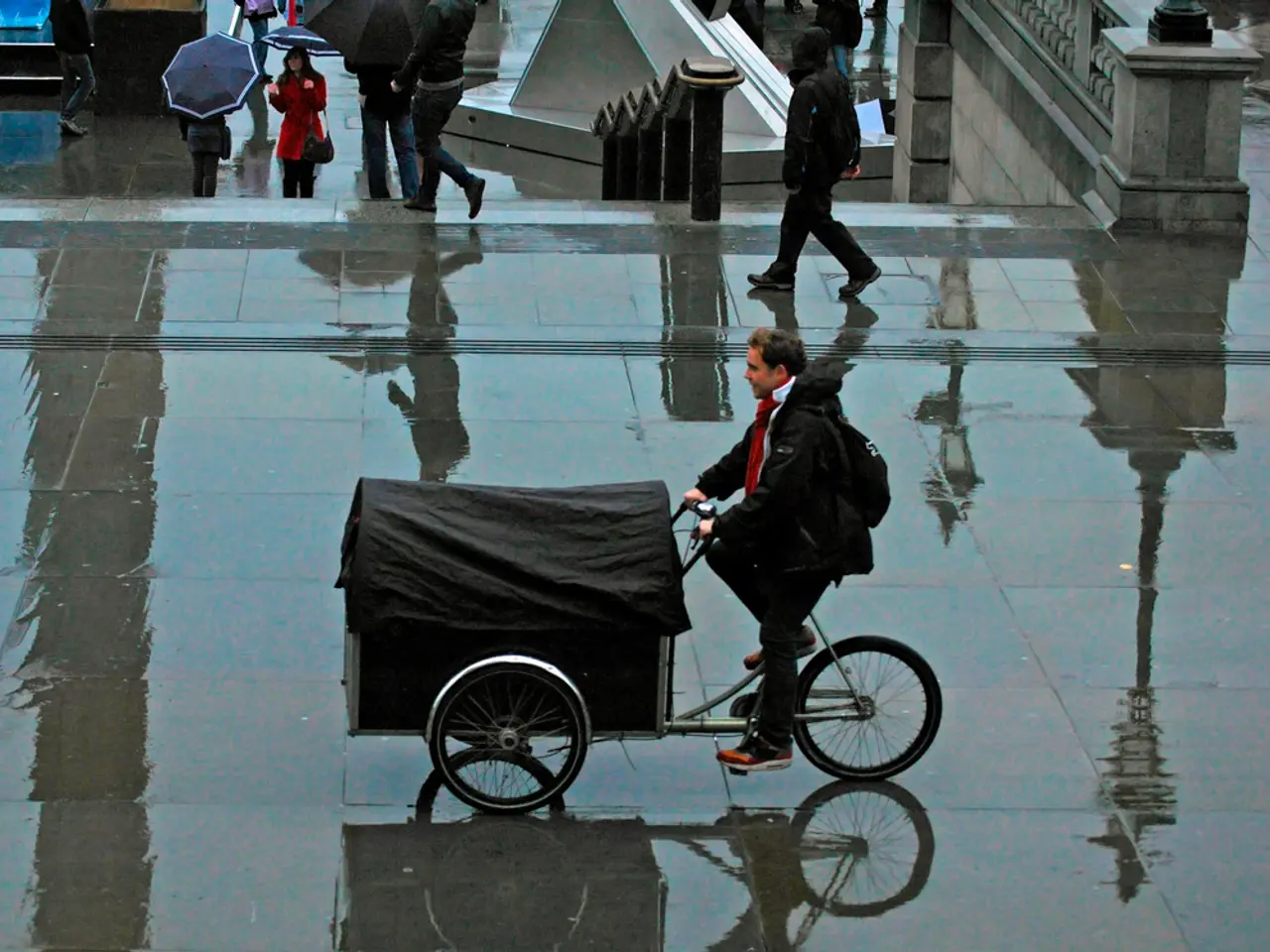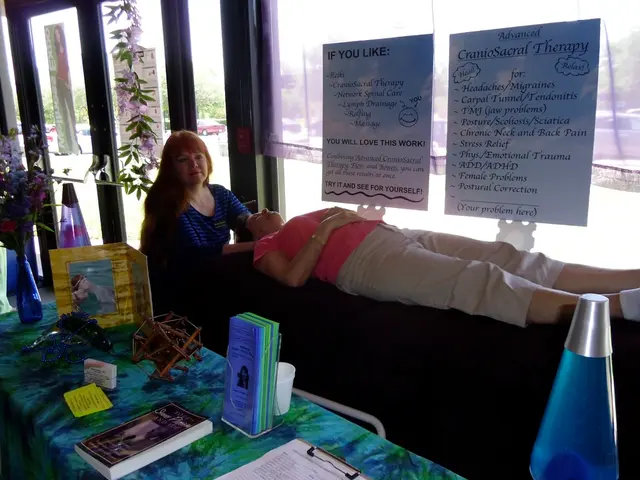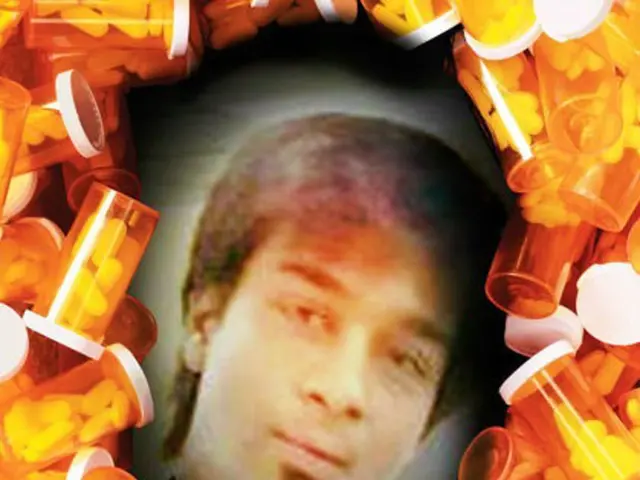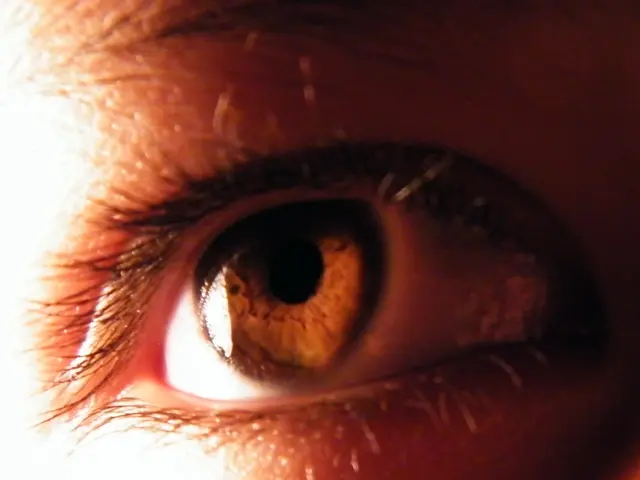Rapid Cycling Bipolar Disorder: Triggers, Affected Individuals, and Emotional Fluctuations
Rapid-cycling bipolar disorder, a variant of the condition, is characterised by rapid and extreme changes in mood. To be diagnosed with bipolar disorder, a person must experience at least one manic episode.
Rapid cycling in bipolar disorder arises from a complex interaction of hormonal, neurobiological, medication-related, psychosocial, and environmental factors. Thyroid dysfunction and hormonal changes in women, particularly those related to menstrual cycles, pregnancy, childbirth, and menopause, are notable causes.
Biological factors such as thyroid abnormalities and hormonal fluctuations contribute significantly to rapid cycling. Psychosocial and environmental factors like major life stressors, chronic stress, traumatic experiences, substance abuse, disrupted routines, and seasonal changes can also increase the frequency and intensity of rapid cycling.
Medication influences play a role too. The use of traditional antidepressants without mood stabilizers can trigger or worsen rapid cycling. Other medications like sleep aids and stimulants may also affect cycling patterns.
Genetic and neurological factors, while influential in bipolar disorder, have less clear causation for rapid cycling. However, inherited bipolar disorder may indirectly influence rapid cycling, and neurological conditions or injuries can present bipolar-like symptoms.
Some people may experience a "mixed state" where symptoms of a manic and depressive state are both present at the same time. A major depressive episode lasts about 2 weeks or more and includes symptoms such as extreme sadness, changes in appetite and sleep patterns, and reduced libido. A rapid-cycling manic episode lasts at least 1 week and includes at least three symptoms, such as high levels of energy, increased positivity, and reduced need for sleep.
When someone has four or more manic, hypomanic, or depressive episodes in a 12-month period, this is called rapid cycling. Rapid cycling is more likely to affect women than men.
Treatment for rapid-cycling bipolar disorder includes medications to stabilize mood, counseling, joining a support group, and keeping a track of moods. It's important to note that learning about bipolar disorder and offering support can help those with rapid-cycling bipolar disorder and their loved ones.
Antidepressant use may increase the risk of rapid cycling in some cases, according to a study published in 2008. However, treatment is available for all types of bipolar disorder, including rapid-cycling bipolar disorder. Finding the right balance of treatment for an individual with rapid-cycling bipolar disorder can take time.
In 2018, a researcher found correlations between the sleep patterns of men with rapid-cycling bipolar disorder and the moon's tides. While this is an interesting finding, more research is needed to fully understand its implications.
It is crucial not to change the dose or stop taking a medication without speaking to a doctor first. Treatment, support, and understanding can make a significant difference in managing rapid-cycling bipolar disorder.
- Rapid cycling in bipolar disorder can be caused by a combination of hormonal, neurobiological, medication-related, psychosocial, and environmental factors.
- A major depressive episode, which lasts about 2 weeks or more and includes symptoms such as extreme sadness, changes in appetite and sleep patterns, and reduced libido, is a component of bipolar disorder.
- Rapid-cycling bipolar disorder, characterized by at least four manic, hypomanic, or depressive episodes in a 12-month period, is more likely to affect women than men.
- Treatment for rapid-cycling bipolar disorder includes medications to stabilize mood, counseling, joining a support group, and keeping a track of moods.
- Antidepressant use may increase the risk of rapid cycling in some cases, according to a study published in 2008.
- Intriguingly, a 2018 study found correlations between the sleep patterns of men with rapid-cycling bipolar disorder and the moon's tides, though more research is needed to fully understand these implications.




